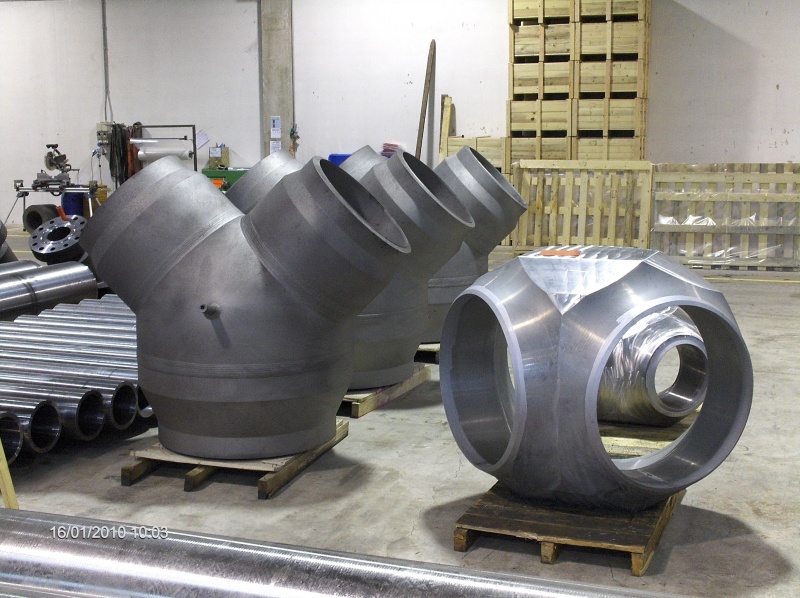paramarth
Mechanical
- Aug 29, 2003
- 13
EN 13480-3 piping code that Cylindrical Y-Pieces (Seamless) are not recommended in High temperature creep lines
One of the reason could be that forged and machined Y-Pieces have very high thickness in the crotch area (almost three to four times) compared to spherical welded Wye pieces. This can also affect start up of boiler-turbine in power plants
I find that many designers continue to use Forged and machined seamless Y-Pieces.
Can anybody throw light on which type of Y-Piece is preferred in Main steam and Reheat Piping based on their experience
One of the reason could be that forged and machined Y-Pieces have very high thickness in the crotch area (almost three to four times) compared to spherical welded Wye pieces. This can also affect start up of boiler-turbine in power plants
I find that many designers continue to use Forged and machined seamless Y-Pieces.
Can anybody throw light on which type of Y-Piece is preferred in Main steam and Reheat Piping based on their experience

